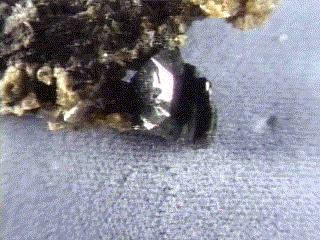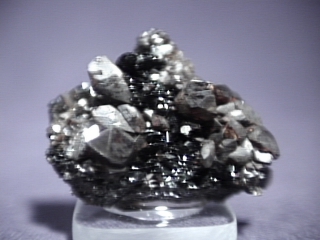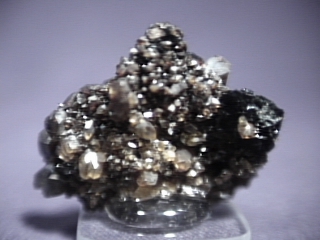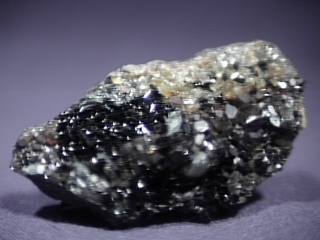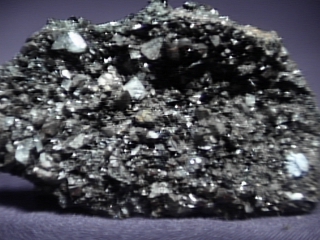 THE MINERAL KULANITE
THE MINERAL KULANITE
- Chemistry: Ba(Fe, Mn, Mg)2Al2(PO4)3(OH)3, Barium Iron Manganese Magnesium Aluminum Phosphate Hydroxide.
- Class: Phosphates
- Uses: Only as mineral specimens.
- Specimens
Kulandite is a very rare barium phosphate mineral.
It is one of the rare minerals that are making their way out of the Yukon Territory and into the mineral market.
PHYSICAL CHARACTERISTICS:
- Color is green to blue.
- Luster is vitreous.
- Transparency: Crystals are transparent to translucent.
- Crystal System is triclinic; bar 1
- Crystal Habits include flattened striated blades or radiating accicular crystals, but crystals are uncommon.
More commonly as crusts or earthy masses.
- Hardness is 4
- Specific Gravity is approximately 3.9 (above average for translucent minerals)
- Streak is white.
- Notable Occurrences include Rapid Creek, Yukon Territory, Canada.
- Best Field Indicators are color, locality, density and crystal habit.
 THE MINERAL KULANITE
THE MINERAL KULANITE

